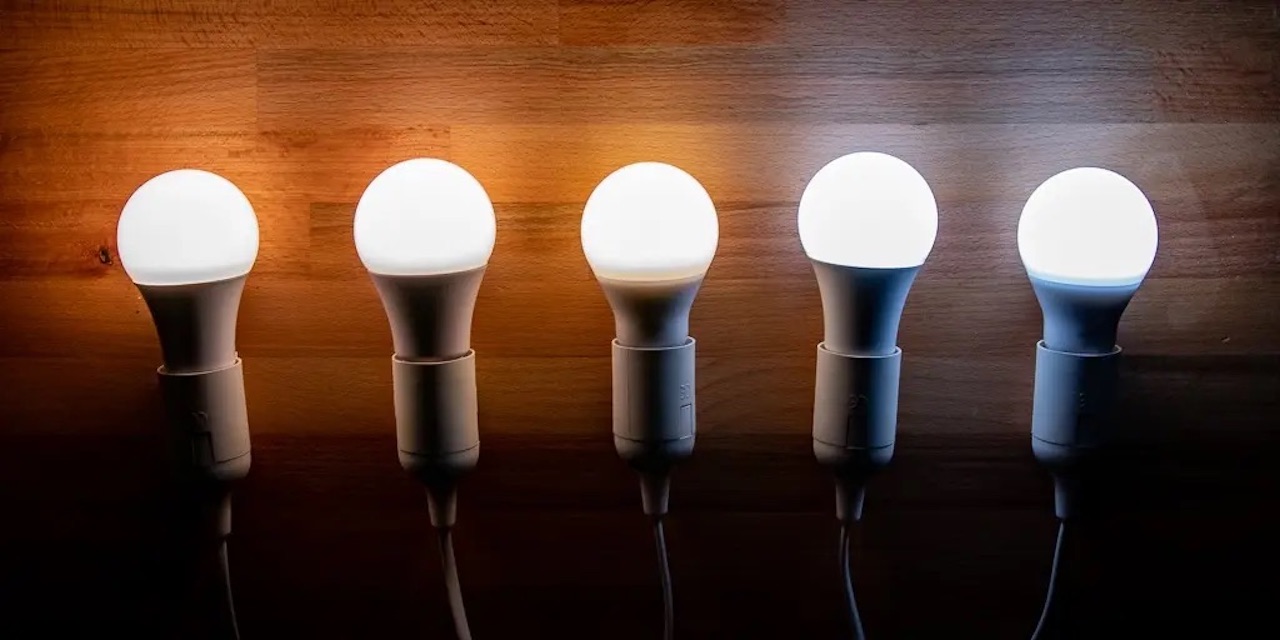

Articles
What Is Soft White Light Bulb
Modified: January 22, 2024
Discover the benefits of using soft white light bulbs in your home. Read our informative articles to learn more about this type of lighting and how it can create a warm and inviting atmosphere.
(Many of the links in this article redirect to a specific reviewed product. Your purchase of these products through affiliate links helps to generate commission for Storables.com, at no extra cost. Learn more)
Introduction
Light bulbs come in various types and colors, each designed to meet different lighting needs. One popular option is the soft white light bulb, which offers a warm and inviting illumination that is suitable for both residential and commercial spaces. In this article, we will explore the definition of soft white light bulbs, their advantages and disadvantages, applications, and tips for selecting and using them efficiently.
Soft white light bulbs emit a warm, yellow-toned light that closely resembles the color of natural daylight during sunrise or sunset. This type of lighting creates a cozy and comfortable ambiance, making it an ideal choice for living rooms, bedrooms, dining areas, and other areas where relaxation and tranquility are desired.
Soft white light bulbs are often preferred for their ability to provide a more relaxing atmosphere, as opposed to the harsh and cool light produced by other types of bulbs, such as daylight or cool white bulbs. Additionally, soft white light bulbs can enhance the aesthetics of a space, adding a touch of warmth and coziness.
Soft white light bulbs typically have a color temperature ranging from 2700K to 3000K. The Kelvin scale is used to measure the color temperature of light, with lower values indicating warmer light and higher values indicating cooler light. Soft white bulbs fall on the warmer end of the spectrum, creating a soothing and gentle glow.
Soft white light bulbs are available in a variety of shapes and sizes, including standard A19 bulbs, as well as specialty bulbs like candelabra or globe bulbs. They can also be found in different technologies, such as LED, incandescent, and compact fluorescent (CFL), allowing consumers to choose the option that best suits their preferences and needs.
In the following sections, we will delve deeper into the advantages and disadvantages of soft white light bulbs, their applications, how they compare to other types of bulbs, and helpful tips for selecting and using them efficiently.
Key Takeaways:
- Soft white light bulbs emit a warm, cozy glow ideal for creating a relaxing ambiance in residential and commercial spaces. Their gentle illumination enhances aesthetics and promotes better sleep quality.
- While soft white light bulbs offer a soothing atmosphere, they may have limited color accuracy and brightness. Consider factors like color temperature, technology, and fixture compatibility when choosing the right bulb for your specific needs.
Read more: What Is A Light Bulb
Definition of Soft White Light Bulb
A soft white light bulb is a type of light bulb that emits a warm and gentle light with a yellowish hue. It is often referred to as “warm white” or “soft white” because of its color temperature, which typically ranges from 2700K to 3000K on the Kelvin scale. This type of lighting creates a cozy and welcoming atmosphere, making it a popular choice for residential spaces and areas where a relaxed ambiance is desired.
Soft white light bulbs are designed to mimic the warm glow of natural daylight during sunrise or sunset. This warm light helps to create a comfortable and soothing environment, making it suitable for bedrooms, living rooms, dining areas, and other spaces where relaxation and tranquility are important.
Soft white light bulbs are available in various technologies, including LED, incandescent, and compact fluorescent (CFL). LED soft white bulbs are energy-efficient and have a longer lifespan compared to traditional incandescent bulbs. CFL soft white bulbs are also energy-saving options, but they may take a few seconds to reach full brightness.
Soft white light bulbs are characterized by their color rendering index (CRI). CRI measures how accurately a light source renders colors compared to natural light, which has a CRI of 100. Soft white bulbs usually have a CRI of around 80, which means they provide good color accuracy.
It’s important to note that the term “soft white” may vary across different manufacturers and regions. Some manufacturers may use different names, such as “warm white” or “cozy light,” to describe bulbs with similar characteristics. It’s always a good idea to check the color temperature and CRI rating when purchasing soft white light bulbs to ensure you’re getting the desired warmth and color accuracy.
In summary, soft white light bulbs emit a warm and gentle light with a yellowish hue. They create a cozy and relaxing atmosphere, making them a popular choice for residential spaces. With their various technologies and energy-efficient options, soft white light bulbs provide a pleasant and inviting illumination for any environment.
Advantages of Soft White Light Bulbs
Soft white light bulbs offer several advantages that make them a popular choice for both residential and commercial lighting applications. Here are some of the key advantages of using soft white light bulbs:
- Warm and Cozy Ambiance: Soft white light bulbs emit a warm and inviting glow that creates a cozy and comfortable atmosphere. This gentle lighting is perfect for spaces where relaxation, intimacy, or a soothing environment is desired, such as bedrooms, living rooms, and dining areas.
- Better Sleep Quality: The warm, yellow-toned light produced by soft white bulbs is similar to the natural light at sunset, which helps promote better sleep quality. For this reason, soft white light bulbs are recommended for use in bedrooms and other areas where relaxation and sleep are essential.
- Enhances Aesthetics: Soft white light bulbs can enhance the aesthetics of a space by adding a touch of warmth and sophistication. The warm glow can complement interior design elements, highlight artwork or decor, and create a visually appealing environment.
- Creates a Welcoming Environment: The warm and gentle light of soft white bulbs creates a welcoming and inviting atmosphere for guests and occupants alike. It can make spaces feel more inviting and comfortable, whether it’s a home, restaurant, or hotel lobby.
- Minimal Glare: Soft white light bulbs produce a diffused and gentle light that minimizes glare. Unlike some other types of bulbs, such as cool white bulbs, soft white light bulbs reduce eyestrain and create a more comfortable environment for tasks like reading or working on a computer.
- Wide Range of Options: Soft white light bulbs are available in various shapes, sizes, and technologies, including LED, incandescent, and CFL. This wide range of options allows users to select the best type of bulb for their specific needs, preferences, and fixtures.
Soft white light bulbs offer a combination of warmth, comfort, and aesthetics, making them a versatile lighting choice for a wide range of applications. Whether you want to create a cozy living space or a welcoming ambiance in a commercial setting, soft white light bulbs provide an ideal lighting solution.
Disadvantages of Soft White Light Bulbs
While soft white light bulbs have many advantages, it’s important to consider the potential drawbacks before making a decision. Here are some of the disadvantages associated with soft white light bulbs:
- Limited Color Accuracy: Soft white light bulbs typically have a lower color rendering index (CRI) compared to other types of bulbs. This means that the colors they illuminate may not appear as vibrant or accurate as they would under natural light or with bulbs that have a higher CRI.
- Less Brightness: Soft white light bulbs tend to provide less brightness or lumen output compared to cool white bulbs. If you require a brighter light for tasks or activities that require high visibility, such as reading or detailed work, soft white light bulbs may not be the most suitable option.
- May Not Suit Certain Environments: Soft white light bulbs create a warm, cozy, and relaxing ambiance, but they may not be optimal for all spaces. For areas that require bright and cool lighting, such as kitchens, garages, or workspaces, other types of bulbs with higher color temperature may be more appropriate.
- Higher Energy Consumption: Traditional incandescent soft white light bulbs tend to consume more energy compared to LED or CFL alternatives. If energy efficiency is a priority for you, it is advisable to opt for LED or CFL soft white light bulbs that can provide the same warm illumination while consuming significantly less energy.
- Shorter Lifespan (Incandescent bulbs): Incandescent soft white light bulbs have a shorter lifespan compared to LED or CFL bulbs. They need to be replaced more frequently, which can be inconvenient and costly in the long run.
It’s important to carefully consider the specific lighting needs and requirements of your space before choosing soft white light bulbs. While they offer a warm and cozy atmosphere, they may not be suitable for every situation. Evaluating the pros and cons, along with considering energy efficiency and color accuracy, can help you make an informed decision.
Applications of Soft White Light Bulbs
Soft white light bulbs are versatile and can be used in a wide range of applications. Their warm and gentle illumination creates a cozy atmosphere and adds a touch of sophistication to various settings. Here are some common applications where soft white light bulbs excel:
- Residential Spaces: Soft white light bulbs are a popular choice for residential lighting applications. They are ideal for bedrooms, living rooms, and dining areas, where a relaxed and comfortable ambiance is desired. Soft white light creates a cozy and welcoming atmosphere, making it perfect for winding down, socializing, or spending quality time with family and friends.
- Hospitality Industry: Soft white light bulbs are widely used in the hospitality industry to create a welcoming and inviting atmosphere. Hotels, restaurants, and cafes often opt for soft white lighting in their lobbies, dining areas, and guest rooms to provide a warm and comfortable experience for their guests.
- Retail Spaces: Soft white light bulbs can enhance the shopping experience in retail spaces. The warm and gentle illumination highlights merchandise and creates a pleasant ambiance, inviting customers to explore and spend more time in the store. Soft white light can also give a sense of luxury and sophistication to high-end retail environments.
- Restaurants and Cafes: Soft white light bulbs are frequently used in restaurants and cafes to create a cozy and intimate dining atmosphere. The warm glow of soft white light can make customers feel welcome and relaxed, enhancing their dining experience.
- Spas and Wellness Centers: The soothing and calm nature of soft white light makes it ideal for spas and wellness centers. Soft white lighting promotes relaxation and tranquility, enhancing the overall experience of spa treatments, massages, and other wellness activities.
- Photography Studios: Soft white light bulbs are also popular in photography studios, especially for portrait and product photography. The warm and flattering light created by soft white bulbs can enhance skin tones and add a natural, warm glow to photographs.
These are just a few examples of the many applications for soft white light bulbs. Their versatility and ability to create a warm and inviting ambiance make them a favorite choice in various environments, from residential spaces to commercial establishments.
When choosing a soft white light bulb, look for a color temperature of around 2700-3000 Kelvin for a warm and cozy glow. This will create a comfortable and inviting atmosphere in your home.
Read more: What Is A Flood Light Bulb?
Comparisons with Other Types of Light Bulbs
Soft white light bulbs are just one option among the many types of light bulbs available on the market. Each type has its own unique characteristics and advantages. Here, we will compare soft white light bulbs with other popular types of bulbs to help you understand the differences:
- Soft White vs. Daylight: Soft white light bulbs emit a warm, yellowish glow, while daylight bulbs produce a cooler, bluish-white light that simulates natural daylight. Soft white bulbs create a cozy and relaxed ambiance, making them ideal for areas where comfort and relaxation are desired, such as bedrooms or living rooms. Daylight bulbs are better suited for areas where visual clarity, focus, and productivity are important, such as offices, workshops, or task-oriented spaces.
- Soft White vs. Cool White: Similar to daylight bulbs, cool white light bulbs produce a cooler, bluish-white light. Cool white light is often associated with a more energetic and vibrant atmosphere. While it can make colors appear brighter, it may feel harsh or stark in certain settings. Soft white light bulbs, on the other hand, create a warmer and more inviting atmosphere, making them better suited for areas where comfort and relaxation are desired.
- Soft White vs. LED: Soft white light bulbs are available in both LED and non-LED options. LED soft white bulbs offer energy efficiency, long lifespan, and low heat generation compared to traditional incandescent soft white bulbs. LED bulbs also come in a wider range of shapes and sizes, making them suitable for various fixtures. However, it’s important to ensure that the LED soft white bulb you choose has a high enough CRI to accurately render colors.
- Soft White vs. Warm White: Soft white and warm white bulbs are often used interchangeably to describe bulbs with similar warm color temperature. Both types provide a cozy and inviting atmosphere. However, the definition of warm white may vary among manufacturers, so it’s important to check the color temperature and CRI specifications to ensure you get the desired warmth and color accuracy.
It’s important to consider the specific lighting needs of your space and the desired atmosphere before choosing a bulb type. Soft white light bulbs excel in creating a warm and inviting ambiance, while other types of bulbs may be better suited for different settings and tasks, such as cool white bulbs for focused work or daylight bulbs for areas that require bright and natural lighting.
Understanding the differences between bulb types will help you make an informed decision based on your specific lighting requirements and preferences.
Choosing the Right Soft White Light Bulb for Your Needs
When it comes to selecting the right soft white light bulb, there are a few key factors to consider. By taking these factors into account, you can ensure that the bulb you choose meets your specific lighting needs. Here are some tips to help you make the right choice:
- Color Temperature: Soft white light bulbs typically have a color temperature ranging from 2700K to 3000K. Consider the mood and ambiance you want to create in your space. Lower color temperatures (2700K to 2800K) produce a warmer, more calming glow, while higher color temperatures (2900K to 3000K) offer a slightly cooler but still comfortable illumination.
- Lumens: Lumens measure the brightness of a light bulb. Consider the level of brightness you require in your space. If you need brighter light, look for soft white bulbs with higher lumen output. Keep in mind that soft white bulbs generally provide a softer and more subdued light compared to cool white or daylight bulbs.
- Technology: Soft white light bulbs are available in different technologies, such as LED, incandescent, and CFL. LED bulbs are energy-efficient, have a longer lifespan, and produce less heat. Incandescent bulbs are less energy-efficient and have a shorter lifespan but offer a traditional warm glow. CFL bulbs are energy-saving alternatives but may take a few moments to reach full brightness.
- Color Rendering Index (CRI): The CRI measures how accurately a light source reveals the colors of objects compared to natural light. Look for soft white light bulbs with a CRI of around 80 or higher to ensure good color accuracy and vibrancy in your space.
- Fixture Compatibility: Consider the fixtures you will be using for your soft white light bulbs. Ensure that the bulbs are compatible with the sockets and fixtures in your space. Different bulb shapes and base types are available, including standard A19 bulbs, candelabra bulbs, and globe bulbs.
- Energy Efficiency: If energy efficiency is a priority for you, consider opting for LED or CFL soft white light bulbs. These bulbs consume less energy while providing the same warm and inviting lighting as their incandescent counterparts.
By considering these factors, you can choose the right soft white light bulb that best suits your specific lighting needs. Your choice will depend on the desired color temperature, brightness, technology, CRI, fixture compatibility, and energy efficiency.
Remember, always check the product specifications and labels to ensure that the soft white light bulbs you choose align with your preferences and requirements. This way, you can create the perfect warm and inviting atmosphere in your space.
Tips for Using Soft White Light Bulbs Efficiently
To maximize the effectiveness and efficiency of soft white light bulbs, consider the following tips:
- Choose the Right Brightness: Select soft white light bulbs with the appropriate lumen output for the specific area. Higher lumens may be required for spaces that require more illumination, while lower lumens can create a softer, more relaxed atmosphere.
- Use Dimmer Switches: Install dimmer switches to adjust the brightness according to different activities or moods. By dimming soft white light bulbs, you can create a more intimate and cozy environment while also saving energy.
- Select Energy-Efficient Bulbs: Opt for LED or CFL soft white light bulbs as they are more energy-efficient compared to traditional incandescent bulbs. This not only helps reduce energy consumption but also extends the lifespan of the bulbs.
- Combine with Task Lighting: Soft white light bulbs may not always provide sufficient illumination for tasks that require high levels of visibility, such as reading or working on detailed projects. In such cases, supplement soft white lighting with task lighting, such as a desk lamp or under-cabinet lighting, to ensure optimal brightness.
- Consider Placement and Fixture Design: Arrange soft white light bulbs strategically to take advantage of their warm and inviting glow. Place them in fixtures that direct the light downward or diffuse it evenly throughout the room to create a cozy and comfortable atmosphere.
- Keep Bulbs and Fixtures Clean: Regularly clean the bulbs and fixtures to remove dust and dirt. A buildup of debris can reduce the amount of light emitted, making the bulbs appear dimmer and less effective.
- Optimize Lighting Control: Use timers or smart lighting systems to automate the operation of your soft white light bulbs. This allows you to schedule when the lights turn on and off, ensuring optimal energy efficiency and lighting control.
- Experiment with Color Temperature: While soft white light bulbs typically have a color temperature in the warm range, such as 2700K to 3000K, don’t be afraid to experiment with different temperatures to find the perfect balance of warmth and brightness for your space.
By implementing these tips, you can optimize the usage of soft white light bulbs, creating an inviting, energy-efficient, and aesthetically pleasing lighting environment. Remember to customize the lighting according to your needs and preferences, whether you need brighter illumination for tasks or a softer glow for relaxation.
Conclusion
Soft white light bulbs offer a warm and inviting illumination that can transform the ambiance of any space. With their cozy glow and gentle hue, these bulbs create a comfortable and relaxing atmosphere, making them a popular choice for residential and commercial lighting applications.
Throughout this article, we have explored the definition of soft white light bulbs, their advantages, disadvantages, applications, and tips for choosing and using them efficiently. Soft white light bulbs are versatile and can be used in various settings, including bedrooms, living rooms, restaurants, and retail spaces, to create a welcoming and soothing environment.
While soft white light bulbs may not offer the same brightness as cool white or daylight bulbs, they excel in providing a soft and calming ambiance. Their warm glow enhances aesthetics, improves sleep quality, reduces glare, and creates a comfortable atmosphere for relaxation and unwinding.
When selecting soft white light bulbs, factors such as color temperature, brightness, technology, CRI, fixture compatibility, and energy efficiency should be considered. By choosing the right bulbs for your specific needs, you can achieve the desired level of warmth and illumination in your space.
To maximize the efficiency of soft white light bulbs, using dimmer switches, combining with task lighting, and keeping the bulbs and fixtures clean are recommended. Additionally, considering lighting control options and experimenting with different color temperatures can further enhance your lighting experience.
In conclusion, soft white light bulbs are a fantastic choice for creating a cozy and inviting atmosphere in residential and commercial spaces. Their ability to provide a warm and gentle illumination adds comfort and sophistication to any environment. By understanding their advantages, disadvantages, applications, and best practices, you can make informed decisions when incorporating soft white light bulbs into your lighting design.
Frequently Asked Questions about What Is Soft White Light Bulb
Was this page helpful?
At Storables.com, we guarantee accurate and reliable information. Our content, validated by Expert Board Contributors, is crafted following stringent Editorial Policies. We're committed to providing you with well-researched, expert-backed insights for all your informational needs.
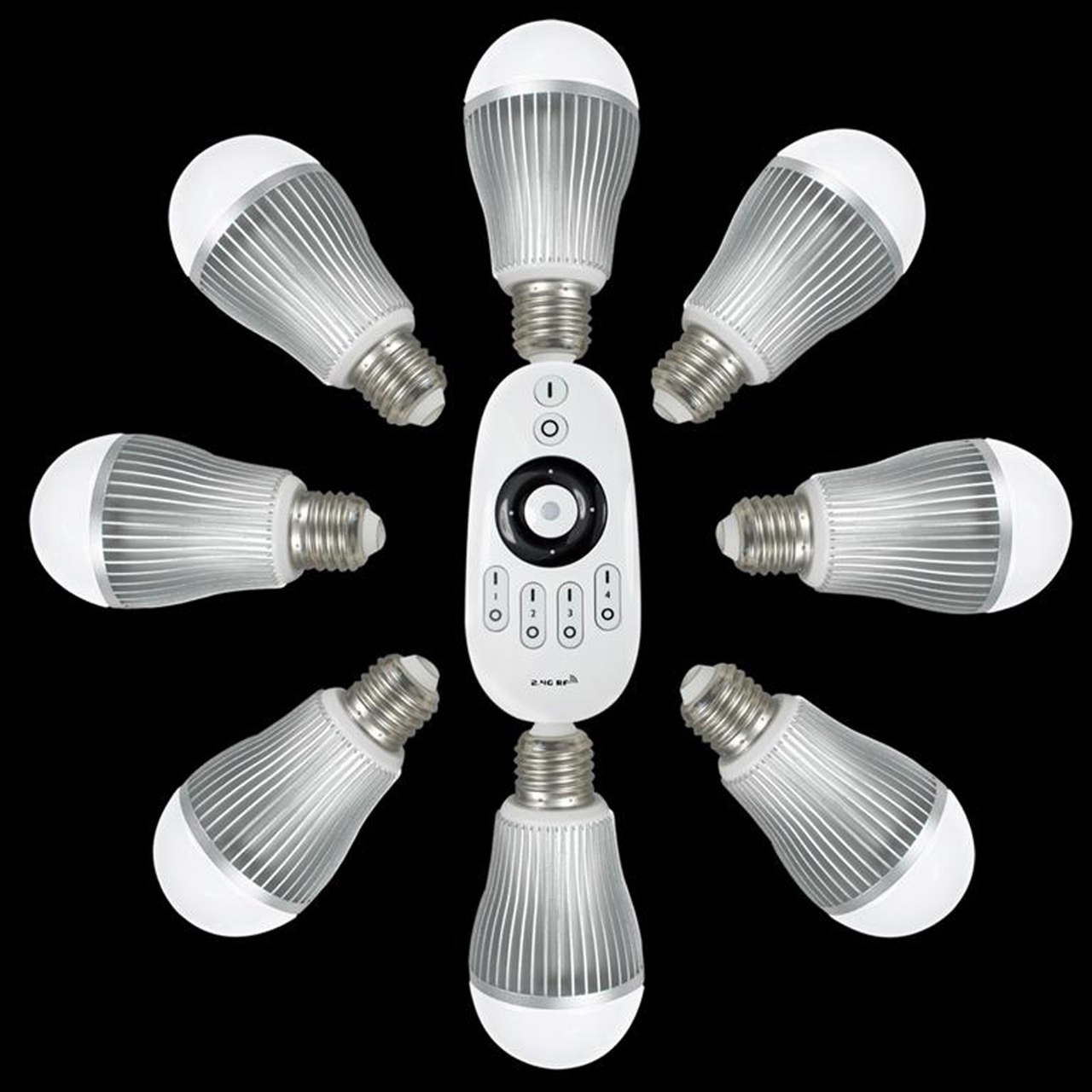
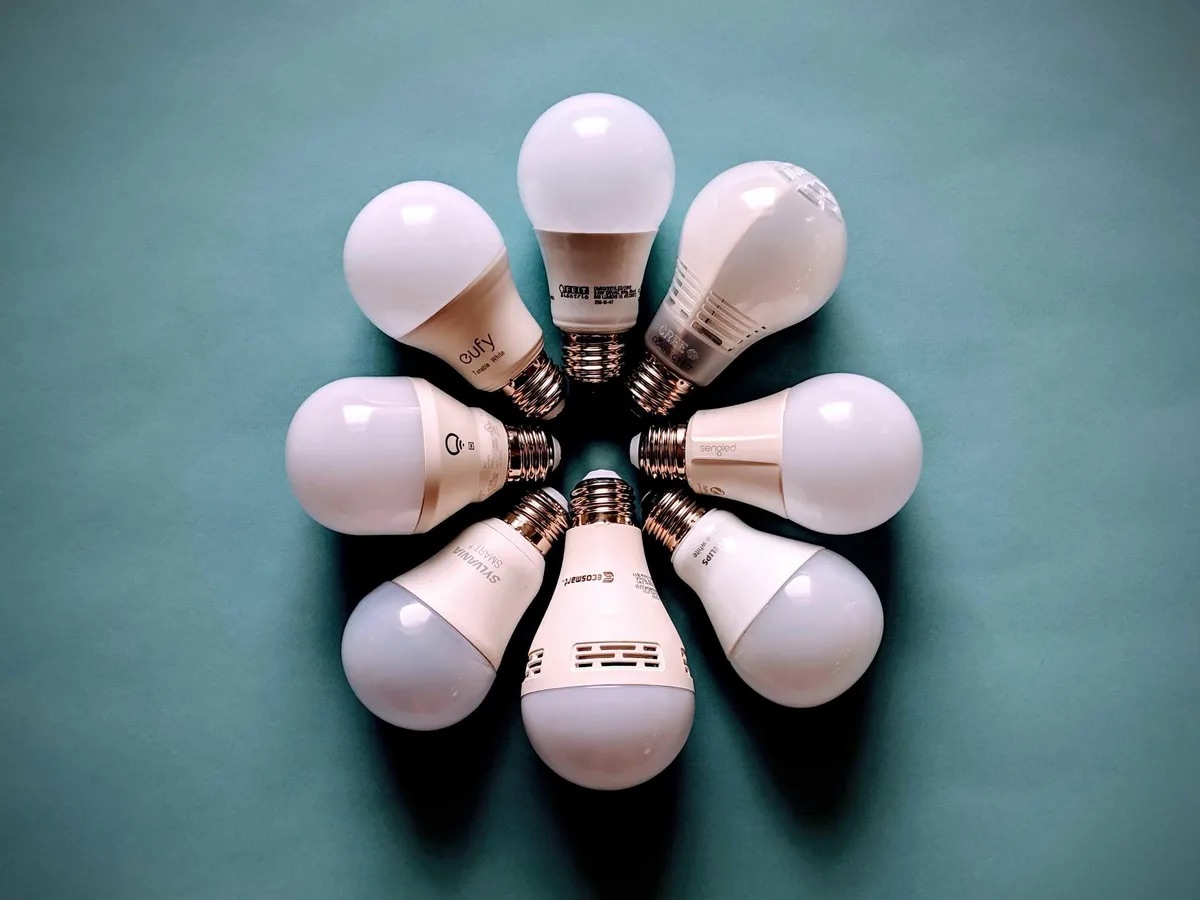
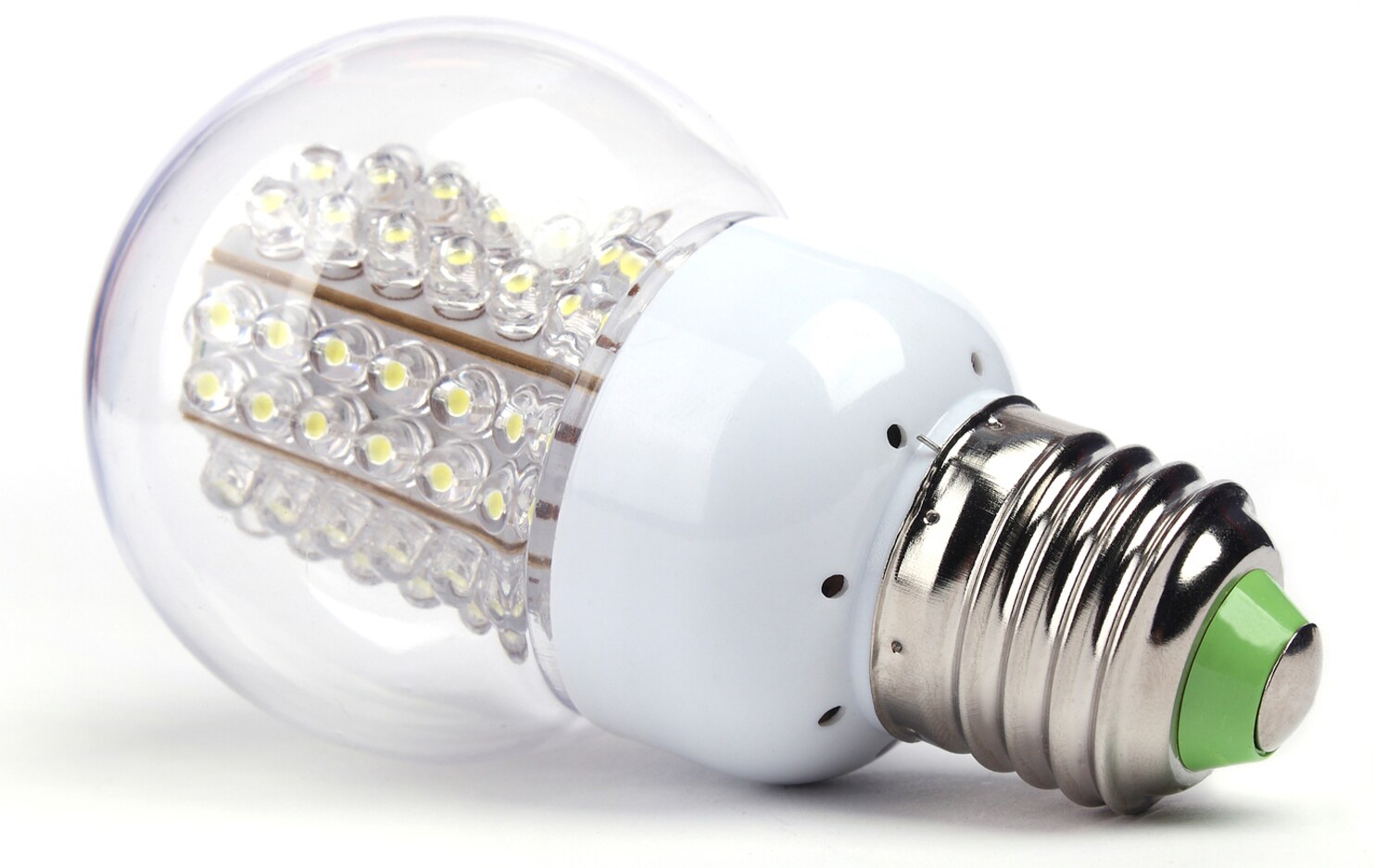
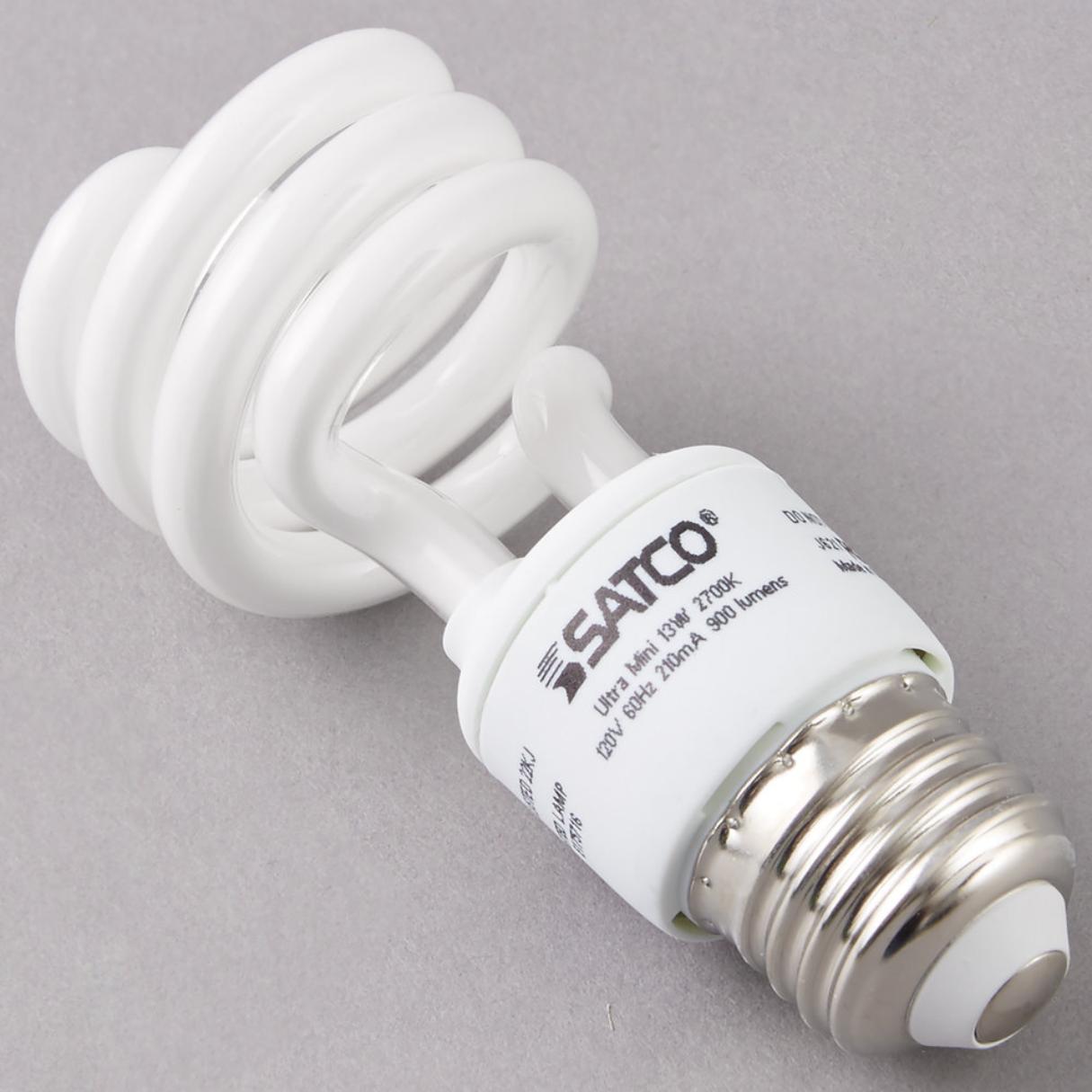

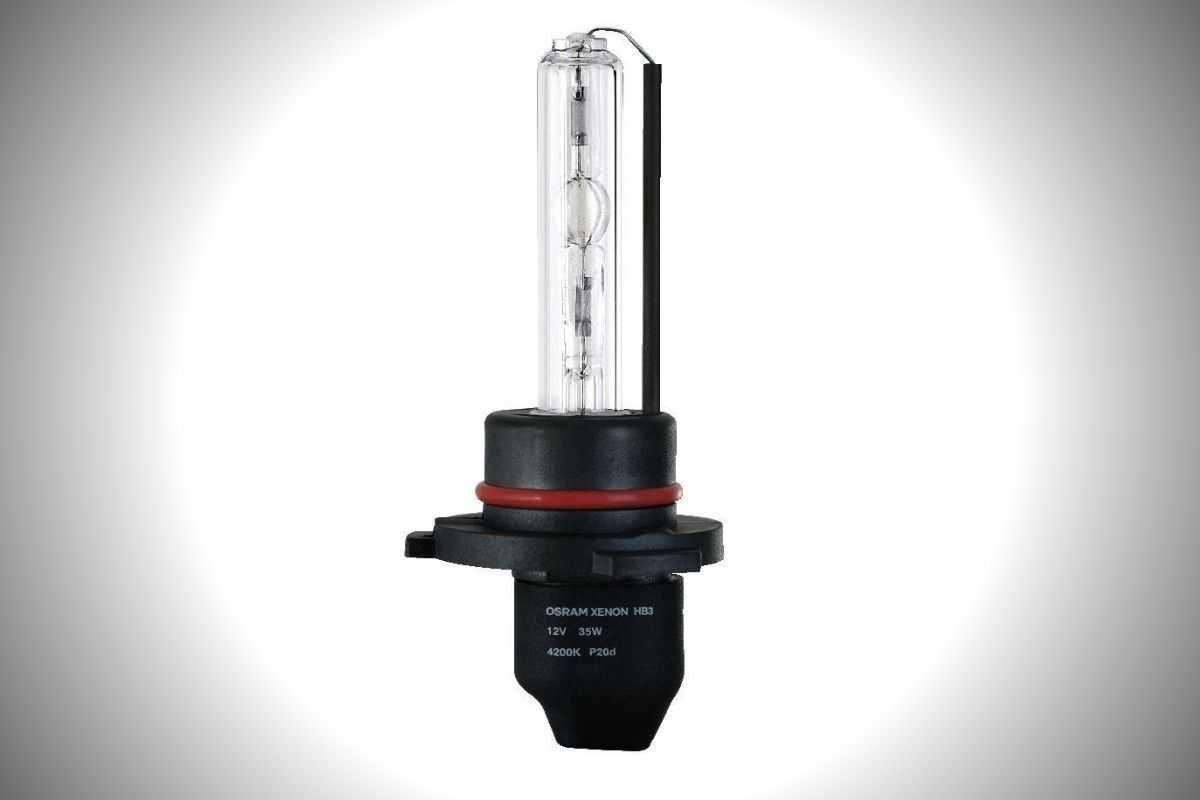
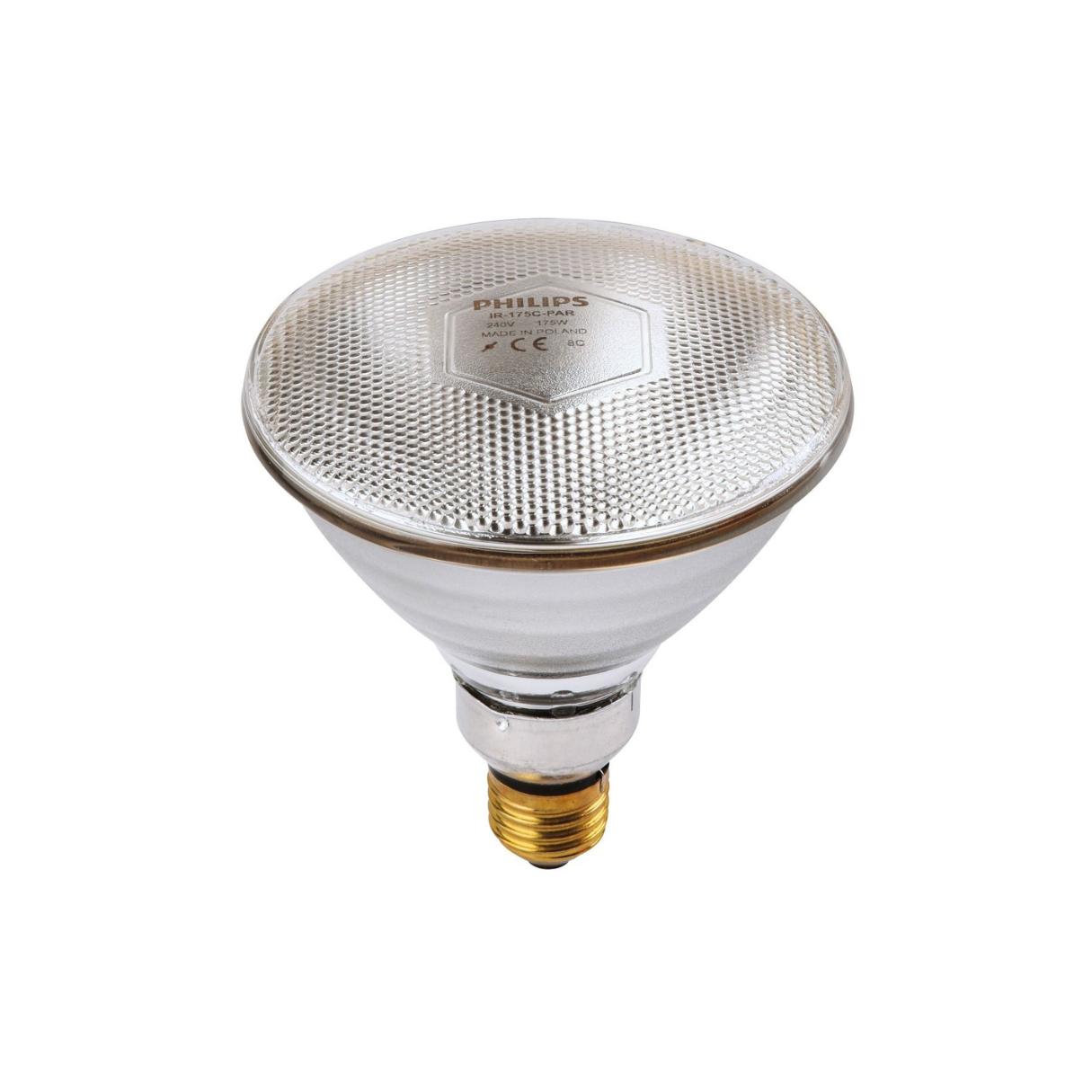


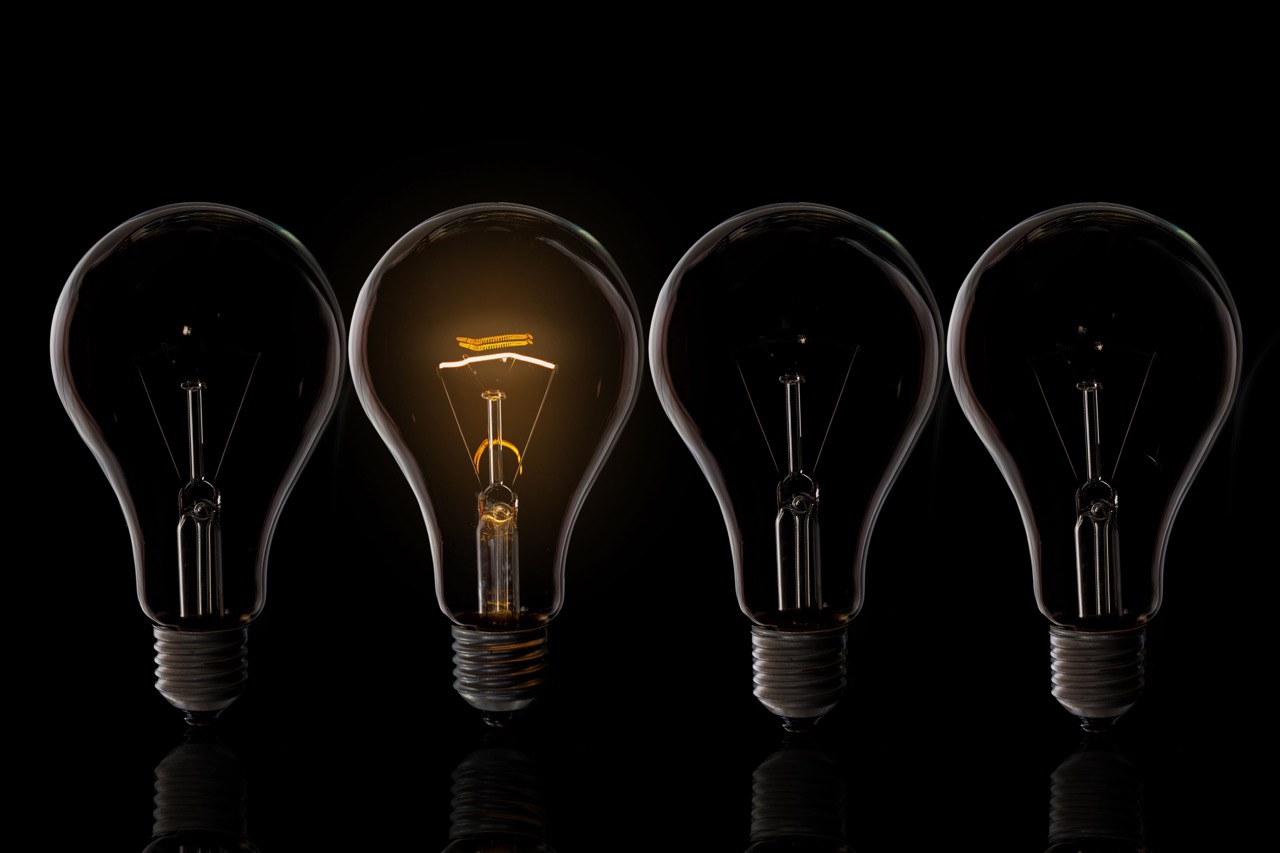
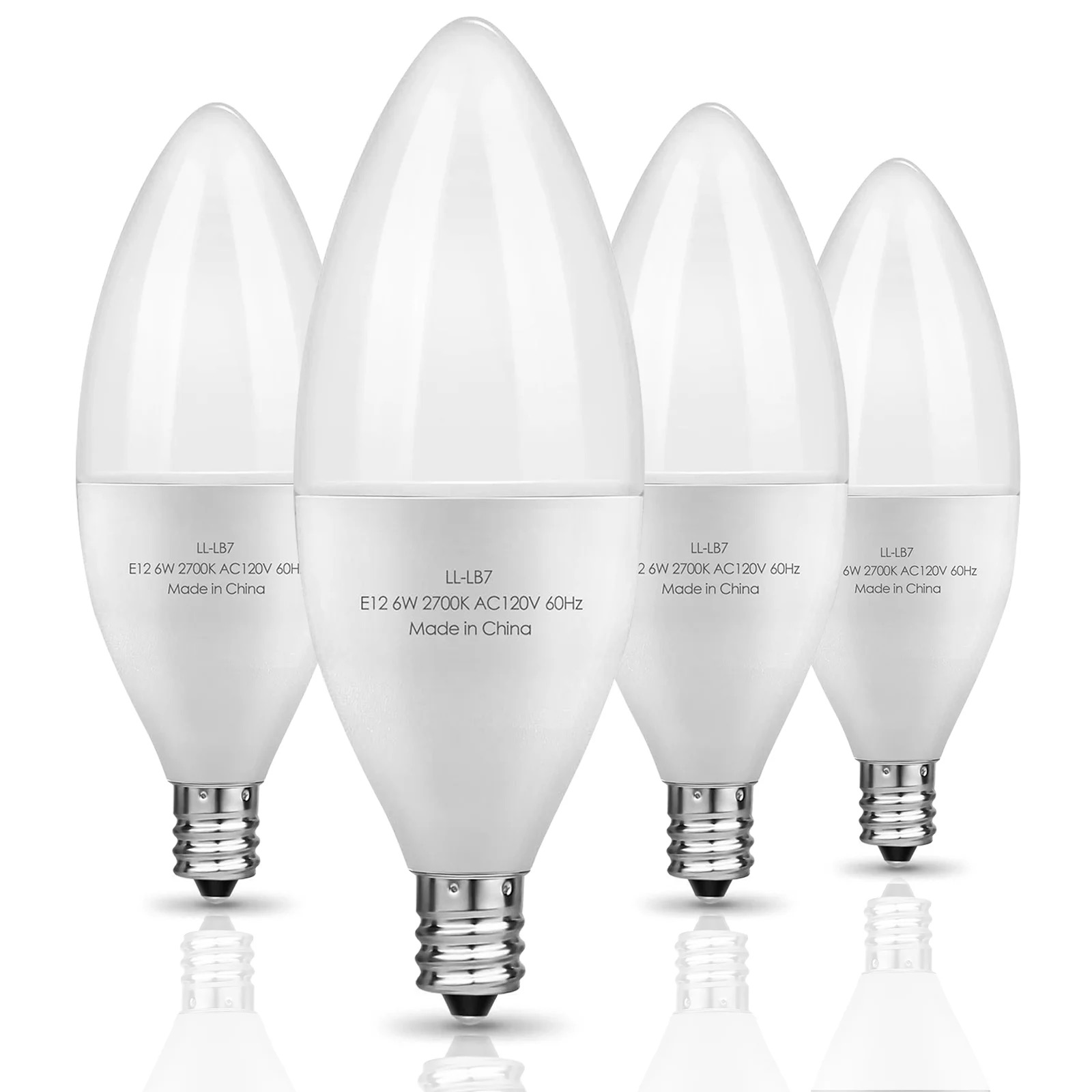
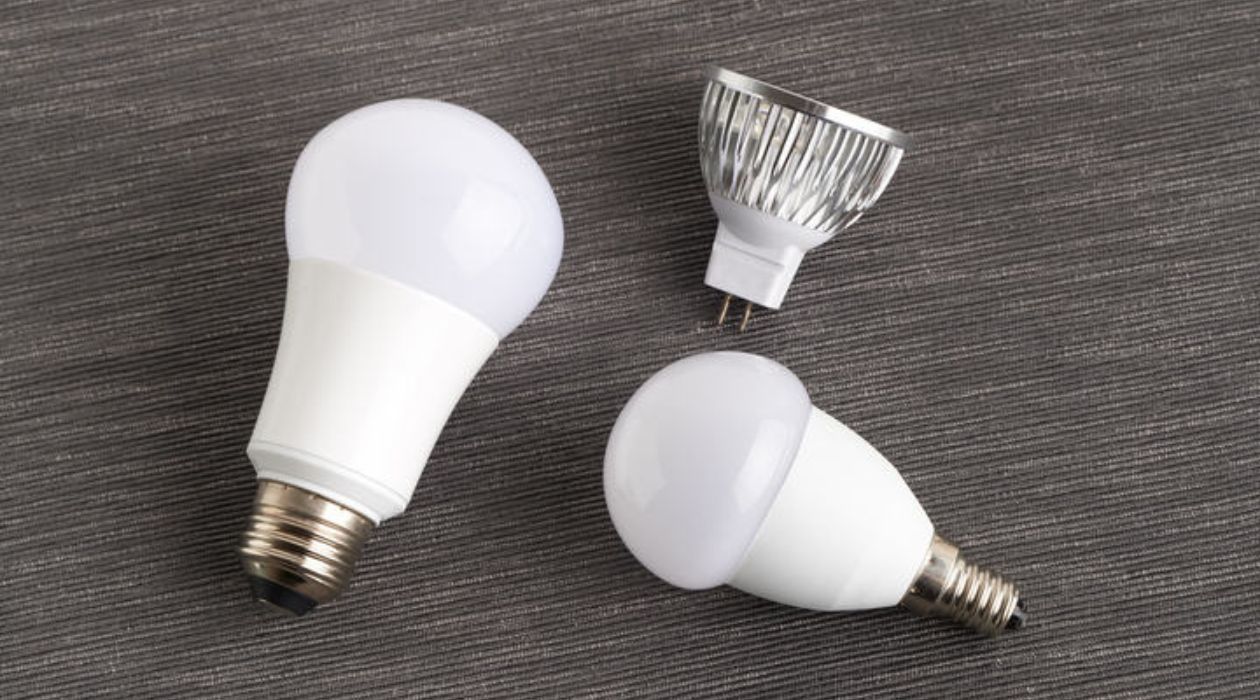

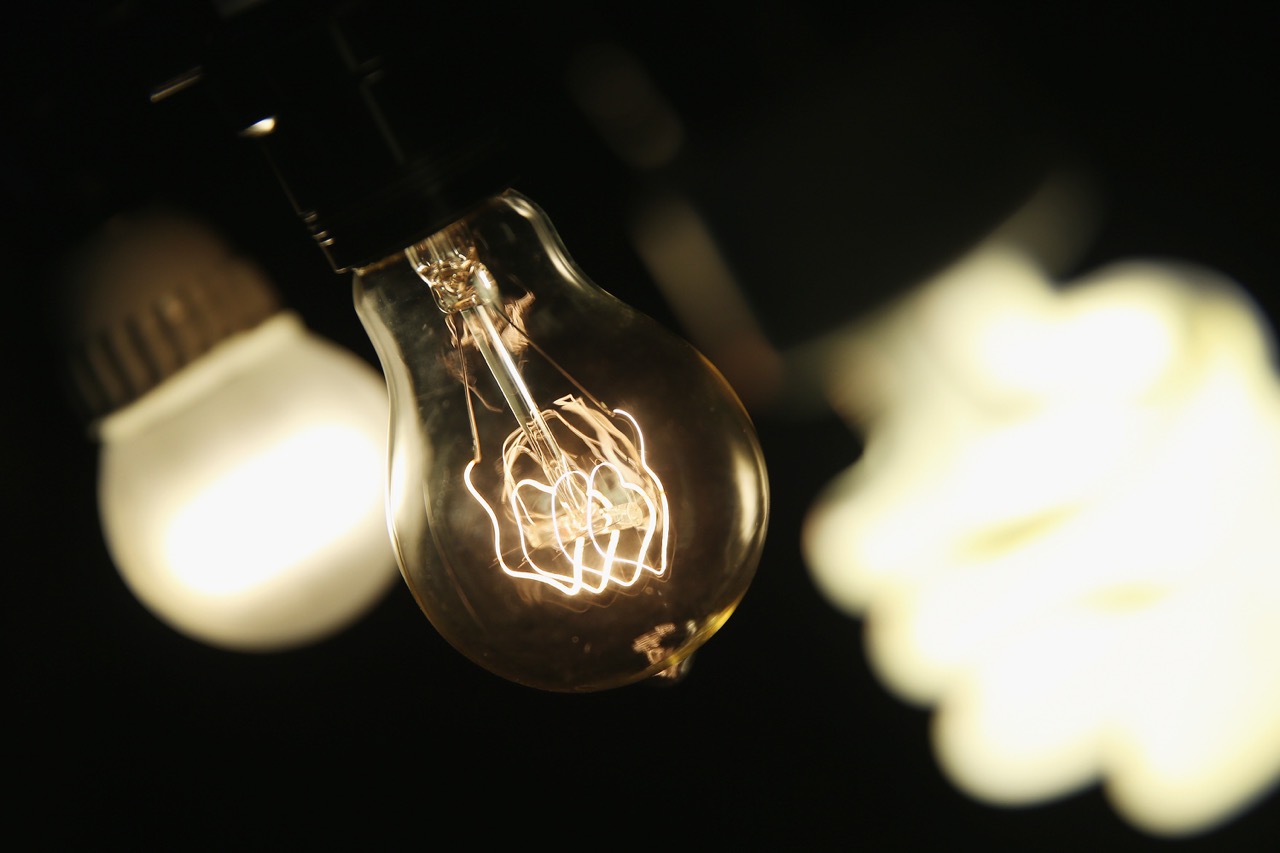

0 thoughts on “What Is Soft White Light Bulb”